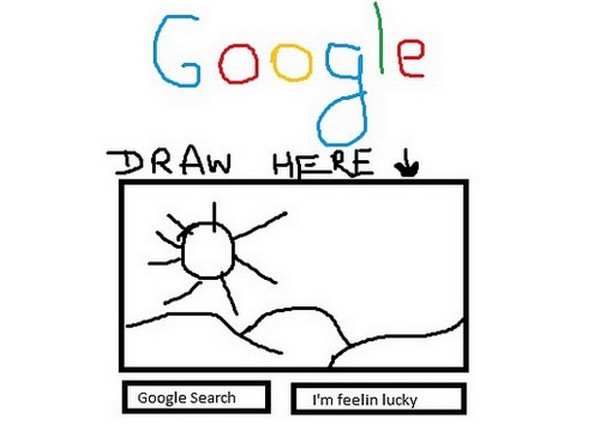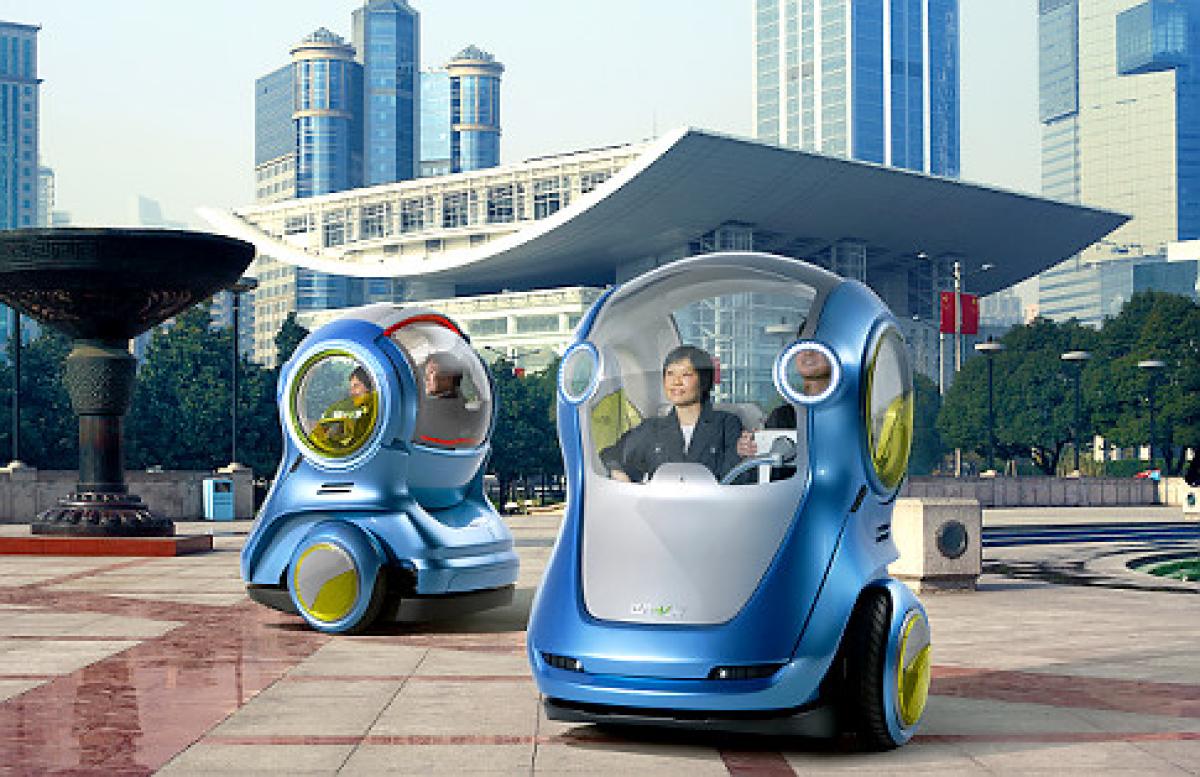It often happens that we’re amazed by how clear and forward-thinking kids can be and how their view of the world differs from adults’ in a refreshing, desirable way. This study conducted by international research consultancy Latitude, concerning kids and their predictions for the future of technology, brings that to the forefront thanks to an engaging methodology that allowed them to express themselves as naturally as possible: Through drawings.
The aim of Latitude’s investigations is to provide its clients with insight which will help them create “content, software and technology that harness the possibilities of the Web.” With this study in particular, the main idea was to find out children’s opinions and expectations regarding the Internet and computing in general, and how companies could put those notions to use in new developments.
The study involved 201 children, aged 12 and under, from different locations around the world (Argentina, Australia, India, Mexico, South Africa and the United States, to mention some) who were posed the following question: “What would you like your computer or internet to do that it can’t do right now?”. The answers were given in the form of drawings, the analysis of which allowed Latitude to identify three main trends of thought, to put it somehow. They could be summarized as follows:
- The limits between what’s digital and what’s physical are disappearing: As opposed to adults, who clearly differentiate between “real” and virtual reality, kids see the internet as something that pervades everyday life and is an integral part of it. They imagined situations in which they’d be able to travel through the internet or have devices assist them in daily tasks such as picking an outfit or play sports. As Latitude themselves put it, the Internet of Information is replaced, in kids’ minds, by the Internet of Things.
- Computers should become more “human”: Kids want their relationship with technology to be increasingly more intuitive, i.e. they picture the further inclusion of touchscreen interfaces and verbal/auditory controls. They’re also keen on the idea of robots as companions and teachers and they consider gadgets as a sort of extension of themselves.
- Technology can be empowering: Finally, there were many participants who envisioned technologies that would facilitate the process of learning new skills and languages, and platforms that would offer the tools to design and create just about anything, from video games to clothes collections.
The study also made an effort to draw a cross-cultural profile on the basis of these three points. It determined that the interviewees from the US, Europe and Australia were more focused on games, entertainment and interactivity. The researchers dubbed these kids as “Players” in opposition to those from Africa, South Asia and Latin America who were more likely to be “Makers”, that is to say, to prioritize aspects such as creation, art and design. Players are interested in polishing their connection with the inventions and devices themselves, whereas Makers want to “bring digital activities into the real world”. Now, concerns such as the use of technology for the betterment of personal abilities, the possibilities open by online socializing and the inclusion of more intuitive interfaces – these were expressed by kids regardless of their nationality.
Latitude conclude their report by saying that these findings suggest a series of opportunities their clients should take into account. They recommend robots and overall human-like interactions with technology should be considered as things that exceed the enclosed environment of schools and that could be brought into the home, both to encourage kids’ independence as far as learning goes, and to instill “increased motivation” in adults who want to achieve personal goals. Moreover, they advise the creation of apps and tools that allow kids to “flex their mastery of advanced, ‘grown-up’ skills”, and of software that has real-world outcomes.
Regardless of how the results of the research could be pragmatically applied by Latitude’s clients, I think the inquiry is interesting in and of itself as a portrait (albeit limited) of the next generation of digital natives and their very personal and valuable perspective of an increasingly interconnected world.













